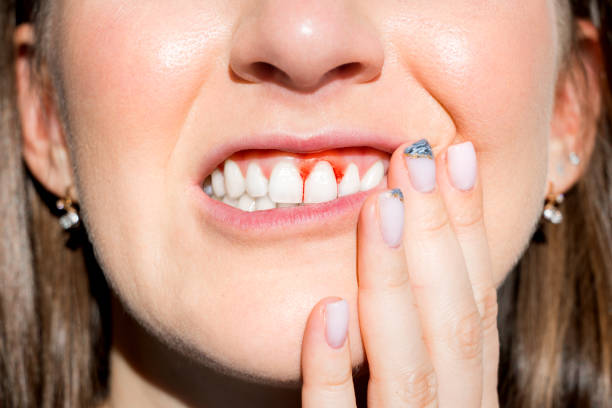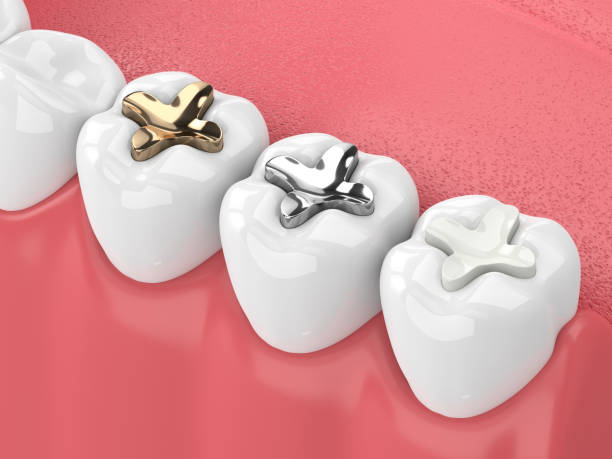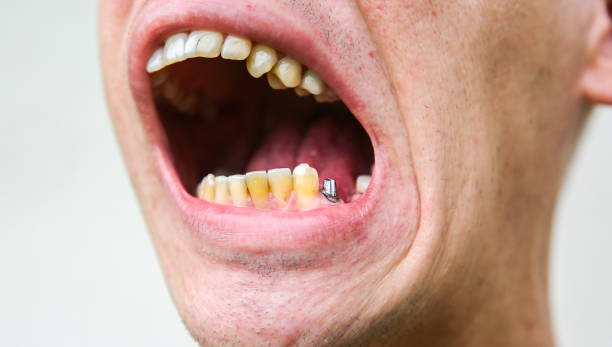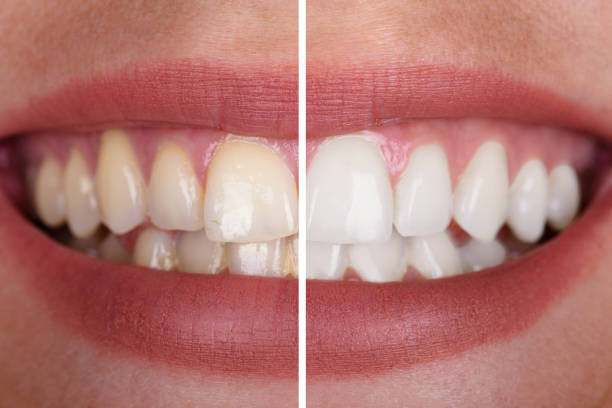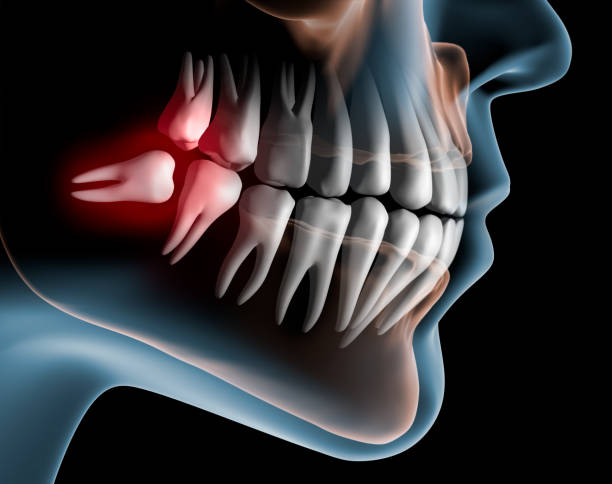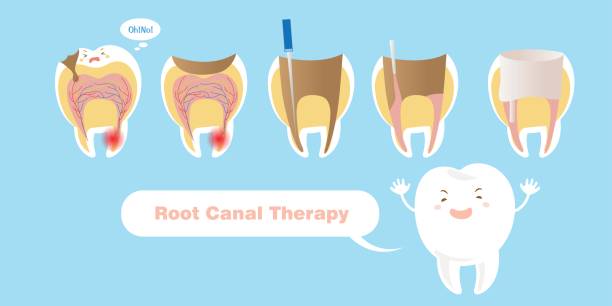The damaged or missing teeth must be replaced, regardless of the reason you lost your teeth—poor oral hygiene, accidents, illnesses of the mouth, or other factors. Missing teeth are more than just a cosmetic problem or a sign of aging. They may seriously compromise your appearance, self-esteem, and oral health. The neighboring teeth may drift into the spaces left by missing teeth, which can stress the jaw and affect bite alignment.
As an alternative to dental implants, there are a number of other tooth replacement options that you might take into account.
Table of Contents
Alternatives to Dental Implants
Dental Bridges
When a patient has one or more missing teeth, a dental bridge is suggested. Both teeth on either side of the missing tooth are supported by dental crowns. You can easily speak and eat with dental bridges because they are firmly fixed in place and won’t come undone or slip out of your mouth.
Dental bridges are aesthetically pleasing and simple to maintain. Additionally, dental crowns on nearby teeth will stop them from getting damaged or moving out of place. To support a dental bridge, you must, however, have strong, healthy neighboring teeth.
Dentures
Dentures are a comfortable, removable tooth replacement option that looks natural. Depending on how many teeth require restoration, you can choose between full and partial dentures.
• Partial Dentures: For people who want to replace one or more missing teeth in the upper or lower jaw, partial dentures are the best option. They are made of gum-colored bases that hold replacement teeth and will affix to your supporting teeth. For your supporting teeth to function properly so that the dentures fit properly, you may occasionally need a crown.
• Full Dentures: When all of your teeth have fallen out or need to be removed because of decay, infection, pain, or other dental problems, a full denture is advised. A full upper denture is secured in place by creating a seal with the bone ridges, palate (or roof of the mouth), and gums, while a full lower denture is secured in place by dental implants (anchors).
• Implanted-supported Dentures: A denture supported by implants is an additional option to the dentures previously mentioned. It is perfect for patients who want to increase denture stability and bite function. These dentures are supported by implants and have a high level of functionality. To support the implants, they need a strong and sufficient jawbone, though.
Resin-Bonded Bridge
Dental bridges that behave and feel like your natural teeth are known as resin-bonded bridges. The only distinction is that, unlike dental bridges, the false tooth will be secured using resin rather than the support of neighboring teeth. To secure the false tooth in place, the resin is applied behind the teeth. Less invasive, this procedure can also be undone if necessary.
Flipper
Flipper is a temporary partial denture that is affixed to the sides of the space left by the missing tooth. It stops the neighboring teeth from drifting by relying on the palate of the mouth or suction from the roof. Additionally, it is simple to wear and does not require metal clasps. Flippers are a less expensive alternative, but they are not a long-term fix.
Implant-Supported Bridge
If you have several missing teeth, a bridge supported by implants is advised. Adjacent teeth that are implant-retained provide support for the missing tooth or teeth. These bridges offer a lovely, organic look while improving your oral health and functionality.
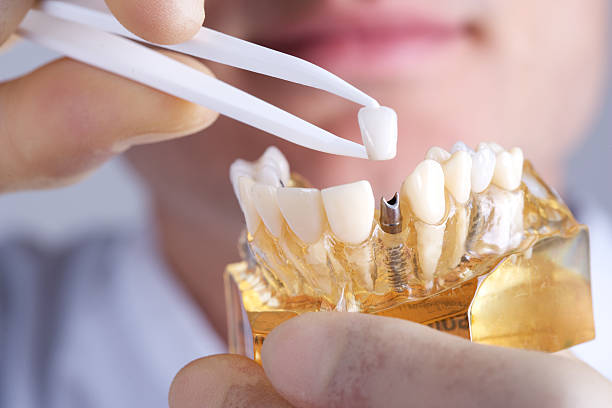
Maryland Bridge
In a Maryland bridge, the new artificial tooth is created with small “wings” rather than by crowning the neighboring teeth. The new tooth is kept in place by these wings, which are attached to the backs of nearby teeth with a very strong glue. The advantage of this bridge is that because the structure of the neighboring teeth is preserved, an anesthetic injection is typically not required. From your initial appointment to having your Maryland bridge fitted, it takes about 5 days, just like with a traditional bridge.
Adhesive Dental Bridges
An adhesive dental bridge is attached to the tongue side of the healthy teeth on either side and has wings on either side to support the missing tooth in the middle. As opposed to dental bridges, this has the benefit of keeping the natural teeth on either side of the gap intact. However, adhesive bridges are more likely to debond, come undone, and fall out. Although replacing them is simple for the dentist, it can be time-consuming and inconvenient for both the patient and the dentist.
Gum Disease Treatments
Gum disease treatments are one alternative to dental implants. Your tooth enamel may be harmed or destroyed by gum disease, which over time will cause decay and cavity formation. Even your teeth may become loose as a result of severe gum disease. However, your gums can be restored with the right regenerative care.
Even though this option may not always produce the best results, it is frequently a good place to start for patients who have not suffered any significant loss to the structure of their teeth or jawbone. At the very least, you’ll be able to stop further tooth loss and prolong the life of your natural teeth.
Remember that neither your problems nor the appearance of your existing tooth will be improved by this. You must take this treatment very seriously because, if you don’t, an infection in your mouth may spread to other areas of your body.

Root Canal Therapy
You can use root canal therapy to clean out the tooth and stabilize its health if there is a dangerous infection inside. When decay or damage inside your tooth can be removed and filled, this alternative to dental implants is typically used.
Your tooth will receive a filling after the infected pulp has been removed. To help stop any additional decay or infection, a crown will be affixed to the tooth. You might not even require a crown to seal the tooth if the damage is not too severe.
When Are Dental Implants Necessary?
The dreaded dental implant, at least that’s how some people feel about them. In actuality, anyone who is fortunate enough to receive a dental implant or treatment for a decaying tooth is fortunate. Actually, dentistry has only been practiced for about 100 years in North America.
Today, dental implants are required when a tooth has too much decayed or infected, which will likely harm your oral health and possibly lead to decay in your jaw.
While it’s not always the case, in many instances there isn’t another way to fix or revive the health of your mouth.
Summary: Many Substitutes Available
Dental implants have many substitutes available. There are alternative methods to replace a missing tooth or teeth if dental implants are not an option for you or if the cost is out of your price range.



